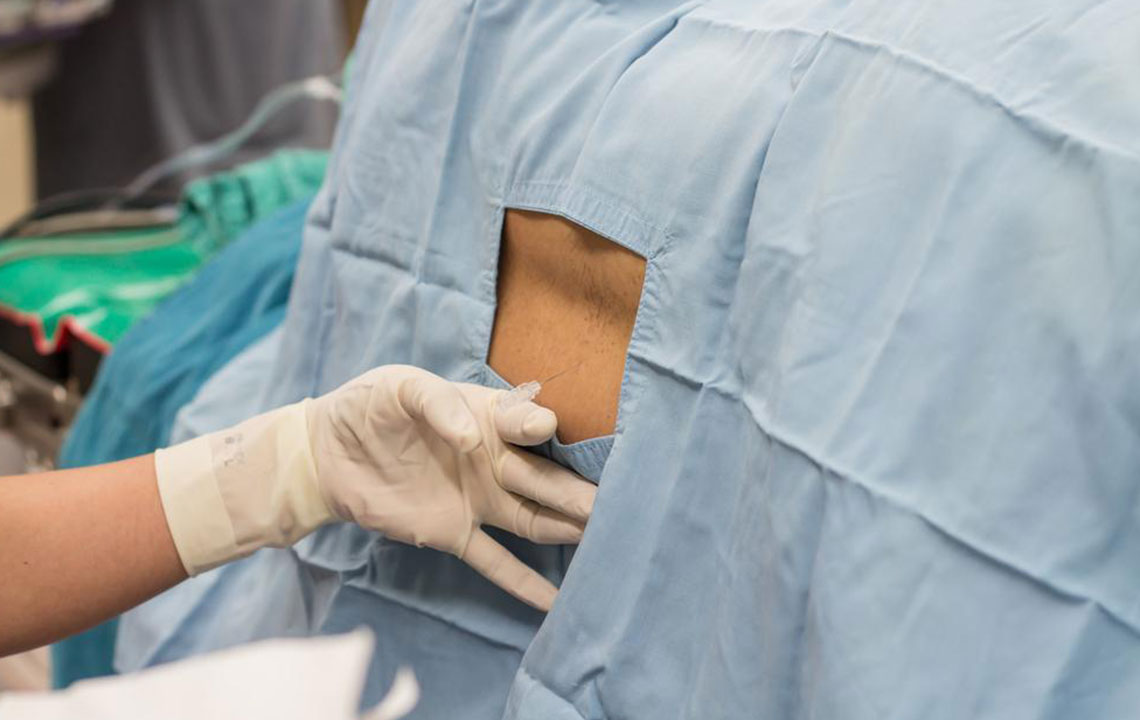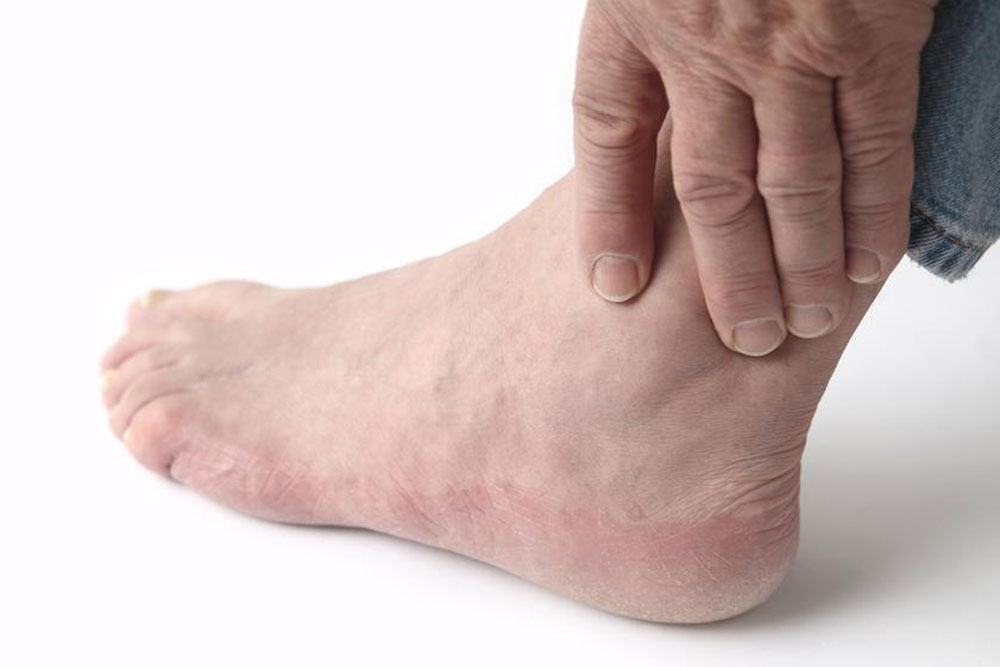Advanced Laser-Based Minimally Invasive Treatment for Lumbar Disc Herniation and Spinal Stenosis
Advanced laser-based minimally invasive techniques are transforming the treatment landscape for lumbar disc herniation and spinal stenosis. With proven safety and efficacy, these procedures offer significant advantages over traditional surgery, including faster recovery and fewer complications. Extensive clinical research supports their effectiveness, making them increasingly popular among patients and clinicians seeking effective, less traumatic spinal health solutions.

Comprehensive Overview of Laser-Assisted Minimally Invasive Lumbar Disc Therapy
Lower back disorders, especially those involving spinal stenosis, are common and can significantly impact quality of life. Spinal stenosis occurs when the spinal canal narrows, compressing nerves and causing symptoms such as pain, numbness, and weakness. These conditions can stem from congenital anomalies or develop over time due to aging, degenerative changes, trauma, infections, or prior surgical interventions. Conservative treatments are often attempted initially, but when these fail, surgical options become necessary. To address these issues with minimal disruption, innovative minimally invasive techniques utilizing laser technology have emerged as promising solutions.
Spinal stenosis can affect various parts of the lumbar region, including the foramina, lateral recesses, or the central spinal canal. Such multi-level involvement complicates treatment planning and necessitates precise, targeted interventions. Traditionally, open surgeries like laminectomy or discectomy provided relief but involved significant tissue disruption, longer recovery periods, and higher complication risks. As medical technology advanced, the focus shifted towards minimally invasive procedures, aiming to reduce collateral tissue damage, shorten hospital stays, and improve recovery times.
The classification of disc herniations into contained and non-contained types influences the choice of treatment strategy. Contained herniations, where disc material remains within the outer annulus, respond differently to intervention compared to non-contained herniations with extruded or sequestrated fragments. Conventional open discectomy techniques often have inconsistent success rates for contained herniations, prompting the development of less invasive options.
In this context, lasers—initially introduced in the 1980s—began to revolutionize spinal surgery. Percutaneous lumbar laser disc decompression (PLDD) became a focal point of innovation, approved by the FDA in 1991, and has been widely adopted in many professional spine centers worldwide. The procedure involves inserting a specialized laser fiber through a small puncture, targeting the herniated disc material, vaporizing or shrinking it, and relieving nerve compression. This method offers significant advantages over traditional open surgeries, including minimal tissue trauma, reduced postoperative pain, shorter recovery durations, and decreased risk of complications.
Clinical Evidence and Outcomes
Over the past few decades, extensive research has demonstrated the effectiveness of laser-assisted lumbar disc procedures. A pivotal study by Duarte and Costa in 2000 evaluated the outcomes of CT-guided laser decompression performed under local anesthesia. The study revealed that approximately 67% of patients experienced significant symptomatic relief, with many reporting marked improvements according to the MacNab criteria. Importantly, about 9% achieved acceptable results with this minimally invasive modality, highlighting its potential for suitable candidates.
Follow-up studies and clinical reports have consistently supported the efficacy of laser techniques. Zhao and colleagues in 2005 conducted a comprehensive analysis indicating that around 82% of patients with proper indications experienced excellent or good outcomes. These results positioned laser decompression as a superior alternative for selected patients, especially those with contained herniations or early degenerative changes. The procedure's safety profile is also favorable, with low complication rates reported in the literature.
Besides, the minimally invasive nature of laser treatments contributes to rapid recovery and early return to daily activities. Patients appreciate minimal post-procedure discomfort and absence of lengthy hospital stays. As a result, laser-based lumbar disc treatments have gradually become a preferred choice among interventional spine specialists.
Today, an increasing number of laser spine clinics across North America, Europe, and Asia offer this procedure, further proving their confidence in its benefits. Advances in imaging guidance, machine precision, and laser technology continue to enhance treatment success rates. Patients with herniated discs, spinal stenosis, or other degenerative lumbar pathologies increasingly opt for laser procedures as a safe, effective, and minimally invasive option that can delay or replace more invasive surgeries.





